Sterling is clearly outperforming both Euro and Swiss Franc this week, as markets continue to unwind the defensive positioning built ahead of the Autumn Budget. The announcement was broadly well received, with investors encouraged by the government’s emphasis on fiscal discipline and medium-term stability. The shift has helped ease earlier concerns over the UK’s fiscal outlook while reinforcing confidence in the Pound.
Chancellor Rachel Reeves managed to assemble a broad combination of tax measures that collectively reduce the deficit by more than markets had anticipated. Crucially, the package delivered the fiscal credibility that investors had been demanding without leaning into excessively front-loaded austerity. With meaningful tightening delayed, the budget does not add pressure on the BoE to accelerate its cutting cycle in the coming year.
The UK also received a further tailwind from the OECD, which upgraded its growth outlook for 2026 to 1.2% (from 1.0%) and now sees GDP expanding 1.3% in 2027. The organization cited supportive impacts from Reeves’ budget on consumption, alongside global uncertainty that may keep inflation sticky enough to limit aggressive policy easing. For markets, the upgraded profile reinforces the idea that the UK may outperform its European peers over the next two years.
On the technical side, EUR/GBP’s break below the 55 D EMA confirms rejection at the long-term 61.8% retracement of 0.9267 to 0.8221 at 0.8867. With clear bearish divergence on D MACD, the cross should have set a medium-term top at 0.8633.
Deeper fall is now in favor back to 0.8631 cluster (38.2% retracement of 0.8221 to 0.8663 at 0.8618), even if the decline from 0.8863 is just a correction to the up trend from 0.8221 (2024 low).
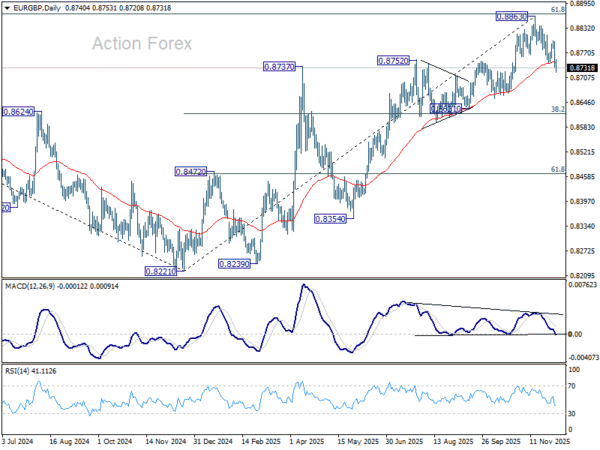
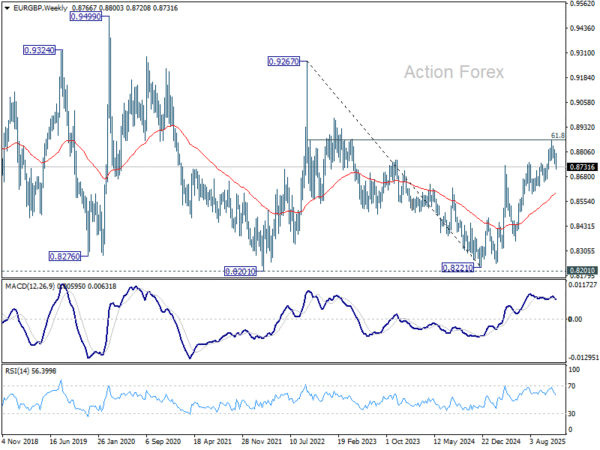
GBP/CHF is also turning structurally higher after breaking above 1.0658 (previous support turned resistance) and 55 D EMA, confirming a medium-term bottom at 1.0362. Bullish convergence in the D MACD supports the upside case, with next targets at the 38.2% retracement of 1.1675 to 1.0362 at 1.0864, and potentially 55 W EMA (now at 1.0906) if momentum continues.
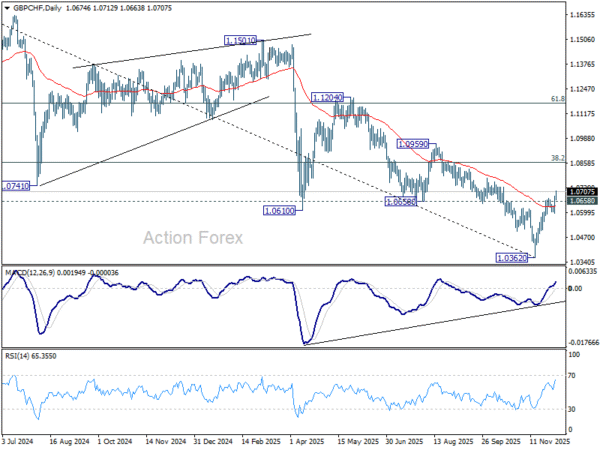
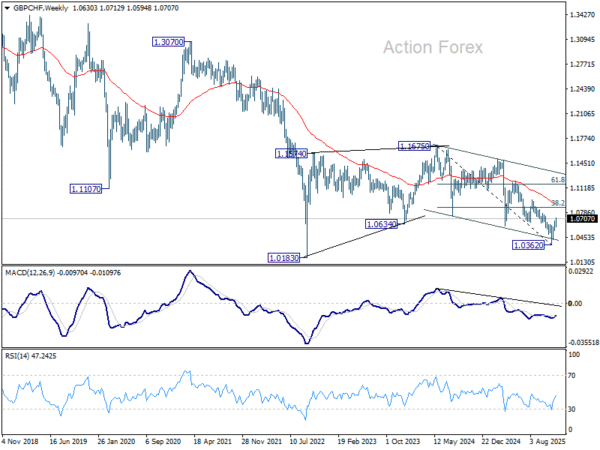
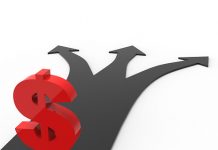
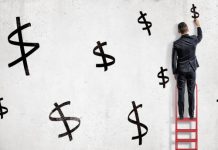


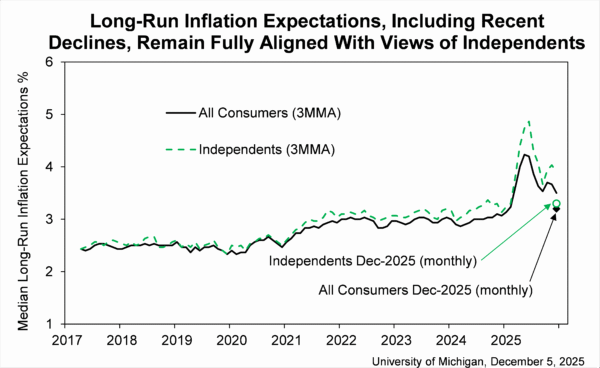
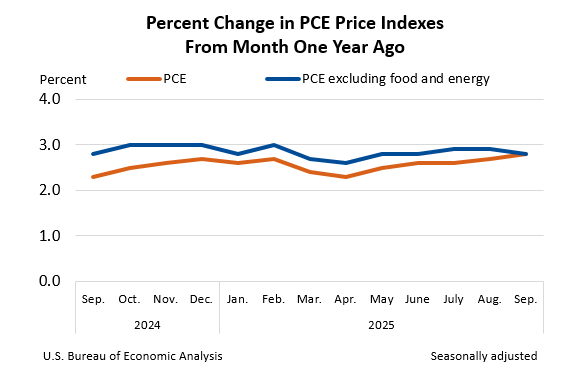
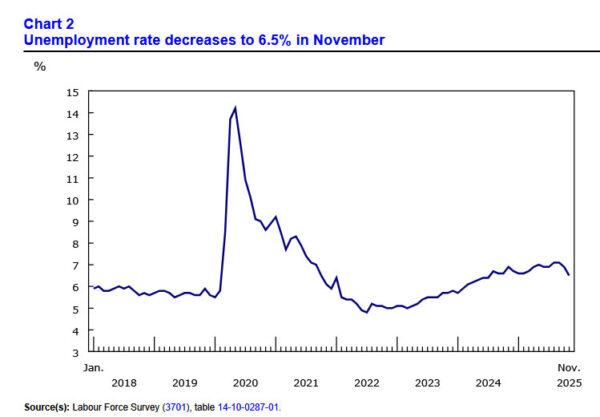




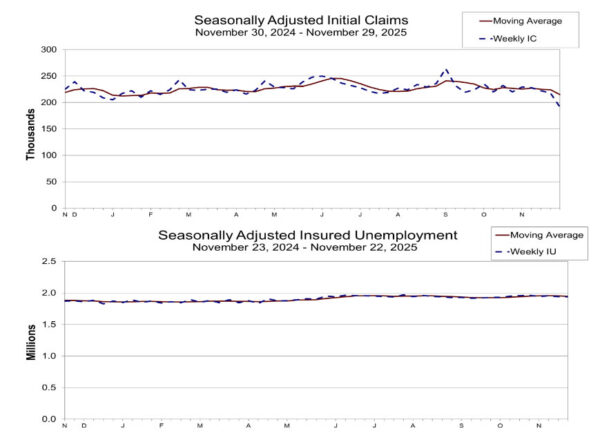
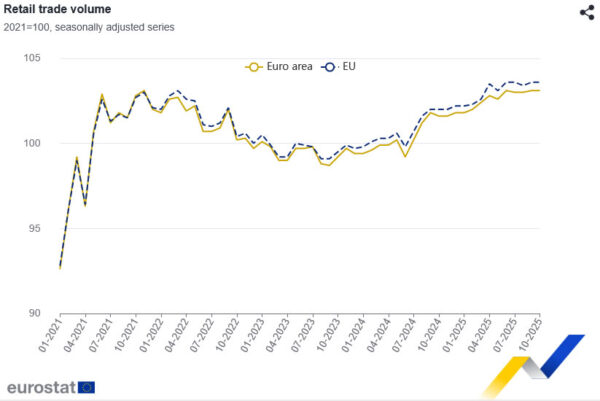
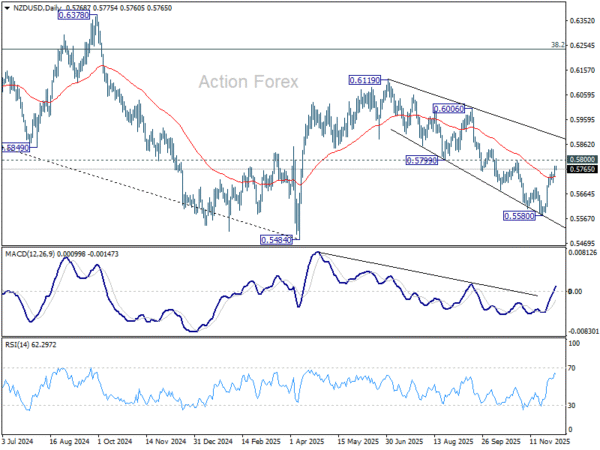
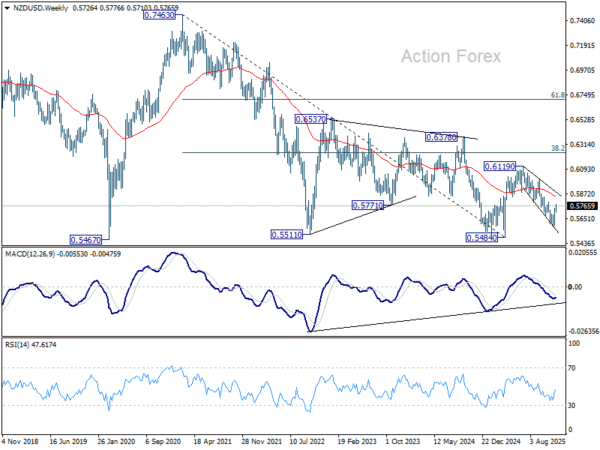
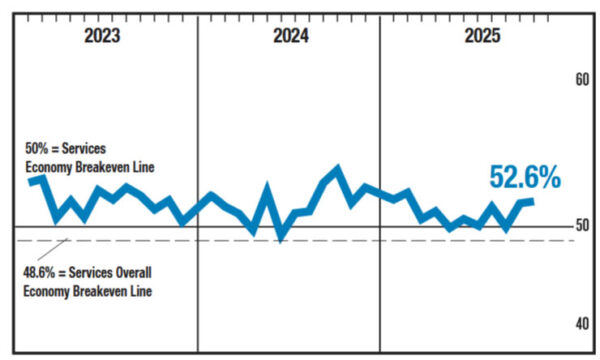
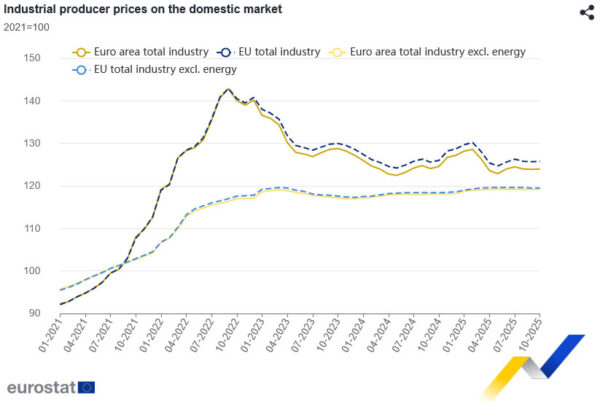
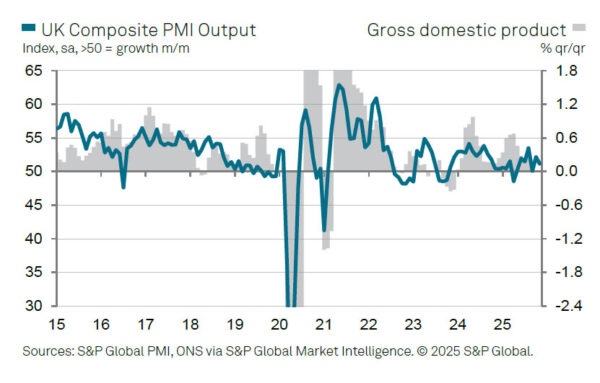
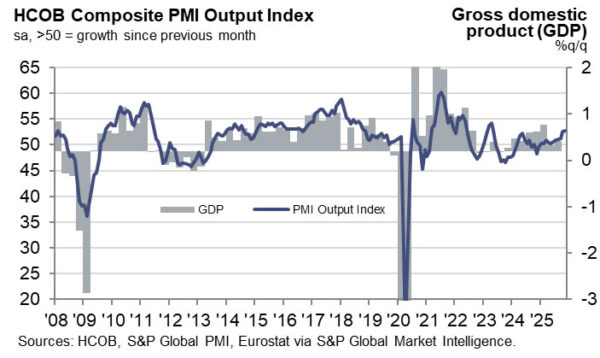
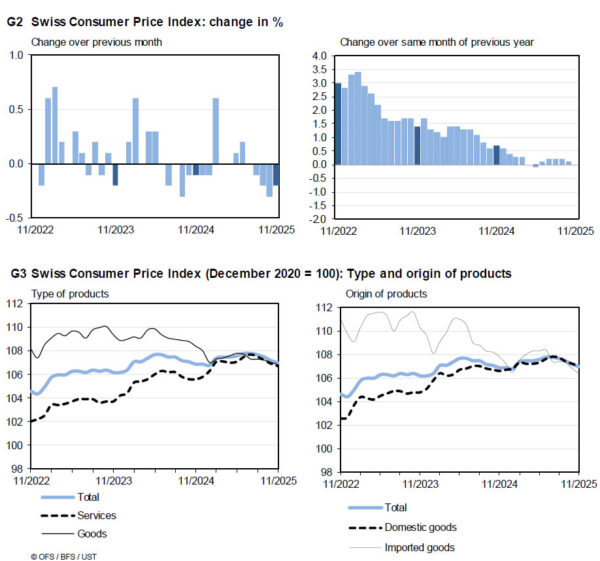
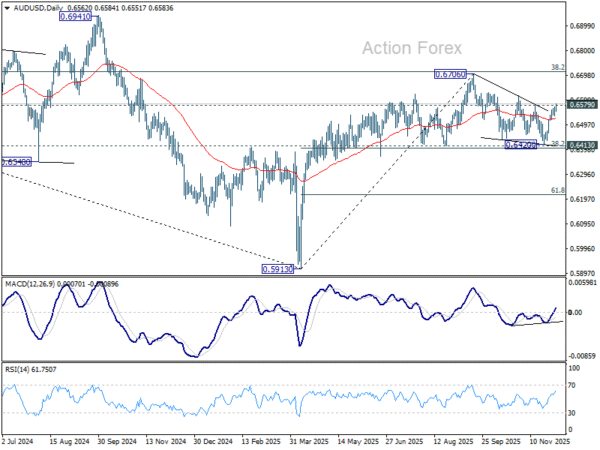
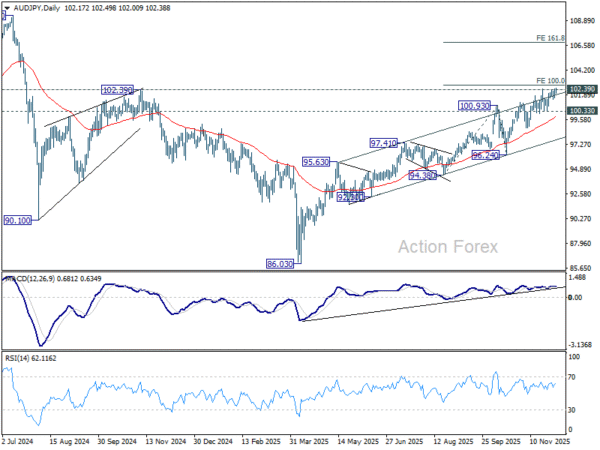
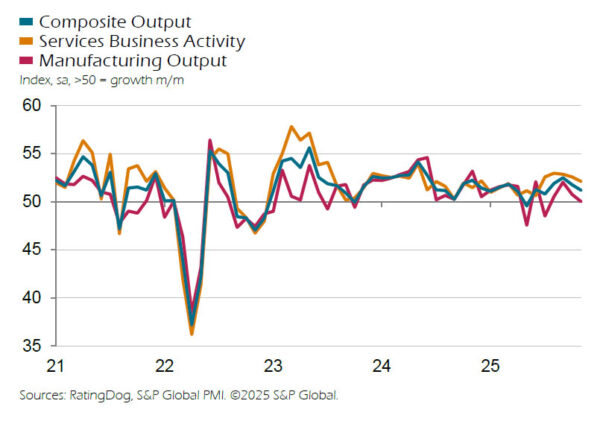

Japan’s wage picture improves but real incomes growth stays negative at -0.7%
Japan’s economic data delivered a familiar combination of improving nominal pay but still-depressed real incomes. Real wages fell -0.7% yoy in October, the 10th consecutive decline, though the rate of contraction moderated for the second month. Officials highlighted that fewer part-time roles and a higher share of full-time employees—who earn more—helped support headline income levels. Yet inflation of 3.4% yoy, driven mainly by food prices, continued to outpace wage gains.
Nominal earnings were considerably stronger, rising 2.6% yoy and beating forecasts for 2.2%. That marks a three-month high and extends the run of increases to 46 straight months, giving policymakers some evidence that wage momentum is holding up. Regular pay also expanded a robust 2.6% yoy, while bonus-driven special payments surged 6.7% yoy, providing a further boost. strain, limiting the lift to consumption.
The bigger disappointment came from growth data. Japan’s Q3 GDP was revised down to -2.3% annualized, from the initial -1.8%, making it the weakest quarter since 2023.